9000+ Cashless Garages
96% Claims Settled (FY 24-25)

9000+ Cashless Garages
96% Claims Settled (FY 24-25)


Regenerative braking is not just another EV buzzword, it’s one of the most practical innovations that sets EVs with regenerative braking systems apart from traditional vehicles.
Instead of relying only on conventional friction brakes, regenerative braking turns the vehicle’s electric motor into a generator whenever you slow down or lift off the accelerator. The kinetic energy that would normally be wasted as heat is instead captured and sent back to recharge the battery.
In simple terms, every time you brake, your car helps refill its own “fuel tank.”
This system brings multiple advantages for drivers. The most obvious is extended driving range, a crucial factor for anyone considering a switch to electric mobility. By recovering energy on downhill drives, stop-and-go traffic, and city commutes, regenerative braking squeezes more kilometers out of every charge. It also reduces mechanical wear on the brake pads and discs, cutting down on long-term maintenance costs.
Also, When buying an EV car in India, securing Electric Car Insurance is crucial as it is mandated by the Motor Vehicles Act of 1988. It provides financial protection against accidents, theft, and damage, safeguarding your investment.
Having car insurance saves you from hefty traffic fines, license suspension, and even legal trouble.


The following is a list of EV cars that offer Regenerative Braking.
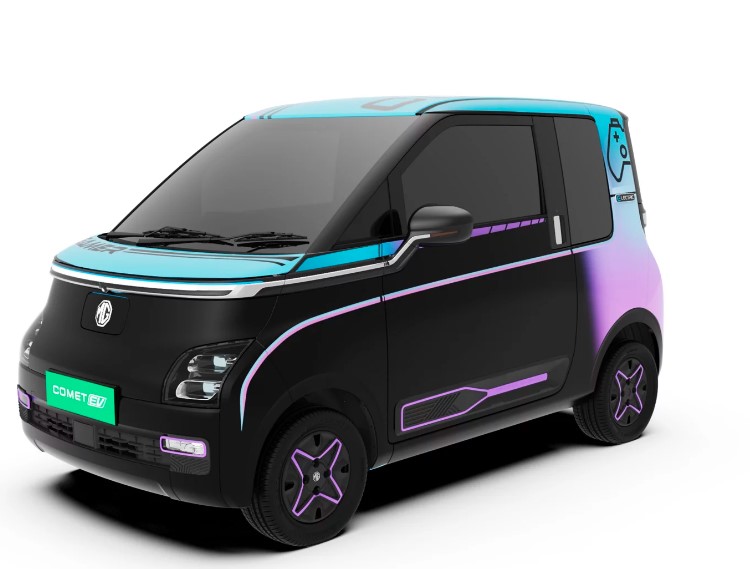
The Comet EV uses MG’s Energy Recovery System (ERS)—their term for regenerative braking—to make the most of stop‑start city driving. It’s aimed at maximizing urban efficiency; higher settings increase lift‑off deceleration to recapture more energy on short hops.
Key Specifications
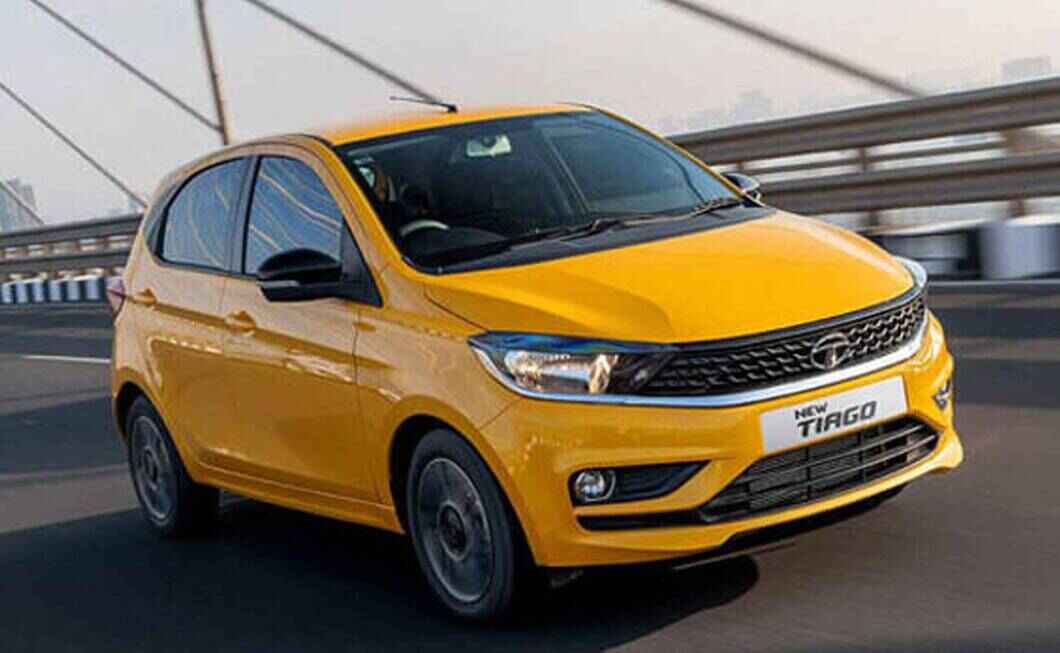
Tata’s city‑friendly EV pairs peppy performance with adjustable/multi‑level regenerative braking that helps stretch real‑world range in traffic. Later model updates brought regen and cruise control into the lineup, making it easier to tailor lift‑off deceleration to your route. It’s an easy step‑up for first‑time EV buyers who want control over coast vs. slowdown feel.
Key Specifications
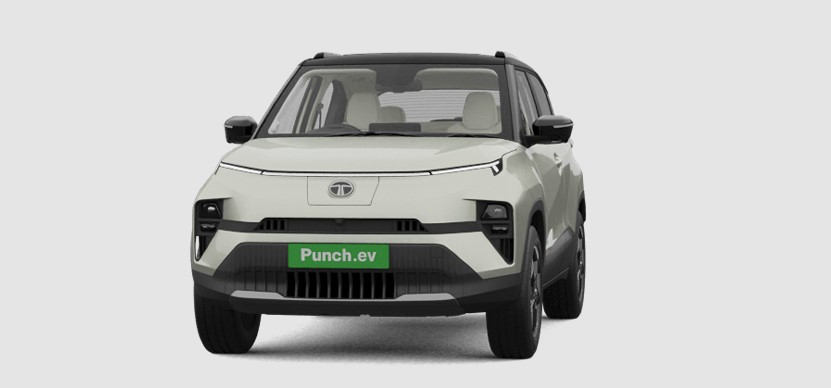
Punch EV brings paddle‑controlled multi‑mode regen (a rare feature at this price) so you can toggle lift‑off deceleration on the fly. It also supports a single‑pedal‑like driving feel in stronger settings, which shines in urban commutes and hilly sections.
Key Specifications
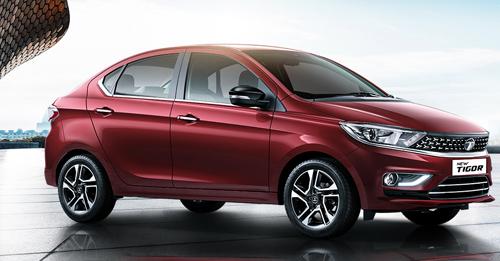
The Tigor EV added multi‑mode regenerative braking via a feature update, giving owners more control over deceleration and energy recovery. If you commute across mixed traffic, dialing in the regen level can smoothen stop‑and‑go while conserving battery. It remains one of India’s most accessible EV sedans.
Key Specifications
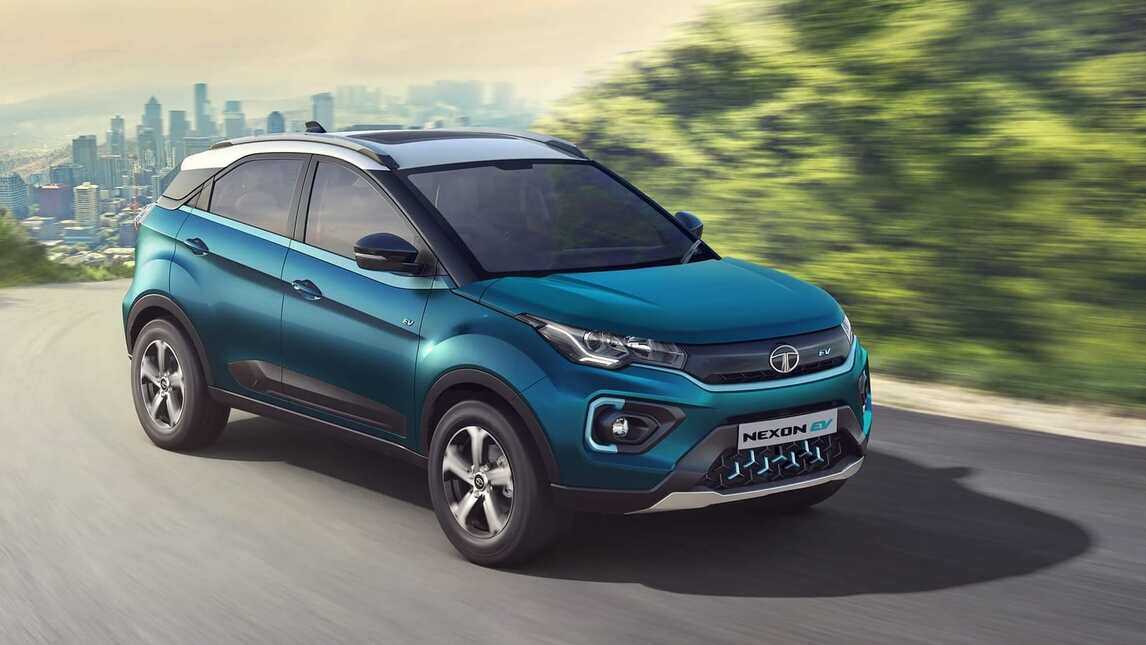
The latest Nexon EV offers adjustable regen with multiple levels (CarDekho lists four levels) so you can fine‑tune how quickly the car slows when you lift off. It’s a practical way to recoup energy in dense traffic or descents while keeping drive feel natural.
Key Specifications
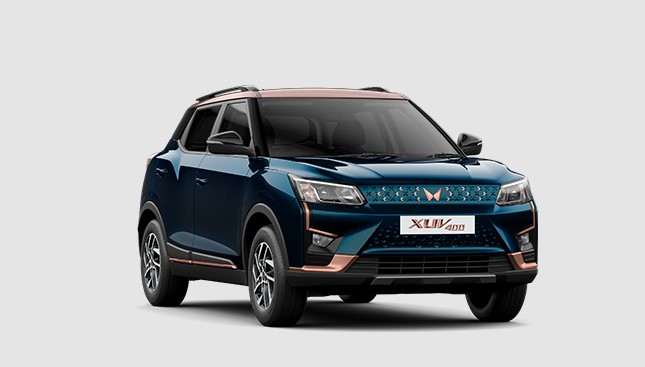
Mahindra equips the XUV400 with drive modes that tune steering, throttle and regen, plus an “L” mode for single‑pedal‑like driving—handy in traffic or downhill sections. It’s a straightforward, driver‑selectable approach that helps harvest more energy without feeling intrusive.
Key Specifications

The ZS EV features KERS with multiple (three) levels so drivers can choose between longer coasts or stronger decel for energy capture. It pairs well with the ZS’s easy‑to‑drive nature and helps reclaim energy from daily braking events.
Key Specifications

Built on BYD’s e‑Platform 3.0, the Atto 3 includes driver‑selectable regenerative braking integrated with its drive modes, aimed at maximizing urban efficiency and downhill control. Indian spec pages confirm regenerative braking availability; BYD doesn’t publish level‑by‑level or kW data.
Key Specifications

BYD’s luxury EV sedan supports adjustable regenerative braking alongside its efficient e‑powertrains (RWD/AWD). India sources confirm model details and updates; BYD does not publish regen kW/min‑speed figures for the India spec, and level names may vary by software build.
Key Specifications

The Ioniq 5 offers paddle‑adjustable regen, i‑Pedal one‑pedal mode, and Smart Regenerative Braking 2.0 that auto‑adjusts based on traffic. Hyundai’s documentation notes automatic regen can operate above ~12 km/h, with multiple manual levels and a full one‑pedal experience in i‑Pedal.
Key Specifications
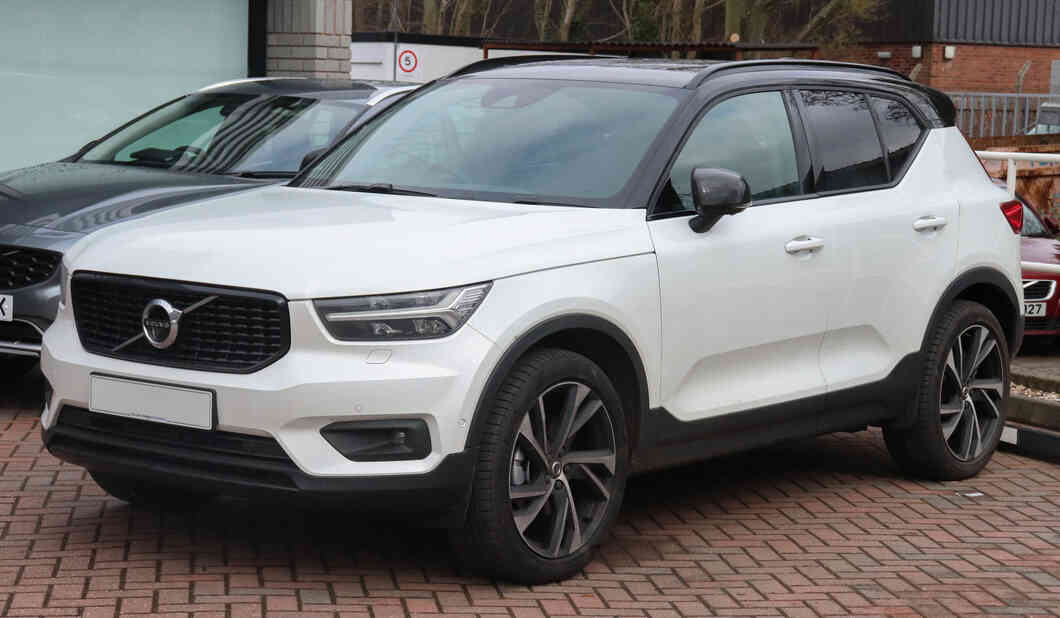
Volvo’s EX40 (XC40 Recharge) offers regenerative braking and “One‑Pedal Drive” so lifting off the accelerator slows the car and recovers energy; braking also blends in recuperation automatically. It’s intuitive in the city and reduces reliance on the brake pedal in normal driving.
Key Specifications
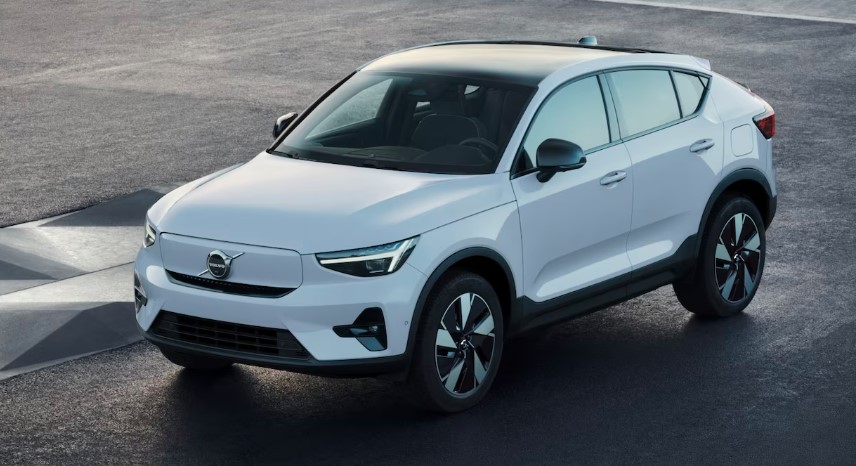
Like EX40, the EC40 supports One‑Pedal Drive and blended regen under braking, making energy recovery seamless in everyday driving. Volvo’s support docs describe the behavior and note that driver responsibility and normal braking still apply.
Key Specifications
The Kia EV6 is a bold and futuristic all-electric crossover that blends sleek design with cutting-edge performance. With ultra-fast 800V DC charging, a spacious tech-forward cabin, and a range of up to 319 miles in select trims, it’s built for both style and substance2. The 2025 refresh brings sharper styling, enhanced battery options, and expanded driver-assist features, making it even more compelling. Whether you choose rear-wheel or all-wheel drive, the EV6 delivers a confident, dynamic ride that redefines what an electric CUV can be.
Key Specifications
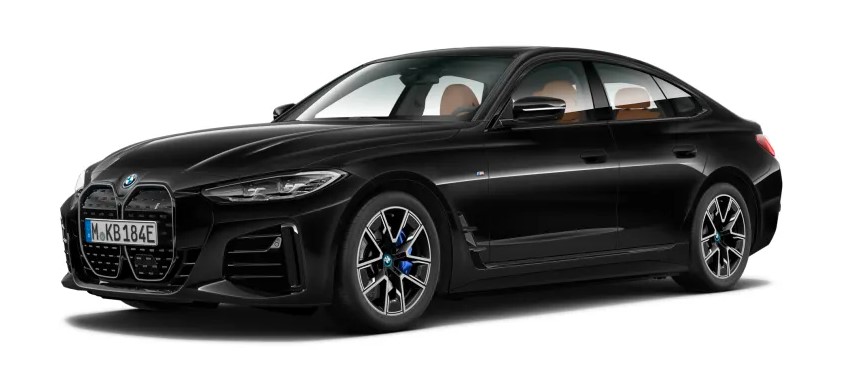
The BMW i4 is a sleek, all-electric Gran Coupe that blends classic BMW driving dynamics with modern EV innovation. With a choice of rear-wheel or all-wheel drive powertrains, it delivers sharp acceleration, refined handling, and a premium cabin loaded with tech. The 2025 refresh adds slimmer headlights, updated infotainment, and new interior finishes, enhancing both style and comfort. Whether you're chasing performance or daily practicality, the i4 offers a compelling electric alternative in the luxury sport sedan segment
Key Specifications
Q8 e‑tron blends coasting and brake recuperation and can recuperate up to 220 kW, with the motors alone handling decel up to 0.3 g in ~90% of everyday braking. Steering paddles let you choose three regen levels.
Key Specifications
Regenerative braking has become a defining feature of modern electric vehicles, offering not just improved energy efficiency but also a smoother, more intuitive driving experience. As EVs continue to evolve, regenerative braking will remain a key differentiator—making it essential for buyers to consider how each model handles this feature before making their choice.
Besides, you should consider other essential factors like insurance, PUC, tax, etc., while buying an EV. Third-party car insurance is a mandatory requirement that safeguards your vehicle from legal obligations and covers third-party damage expenses.
It will help safeguard you financially in case of damage by your EV to third-party vehicles, individuals, or property in the event of an unforeseen mishap.